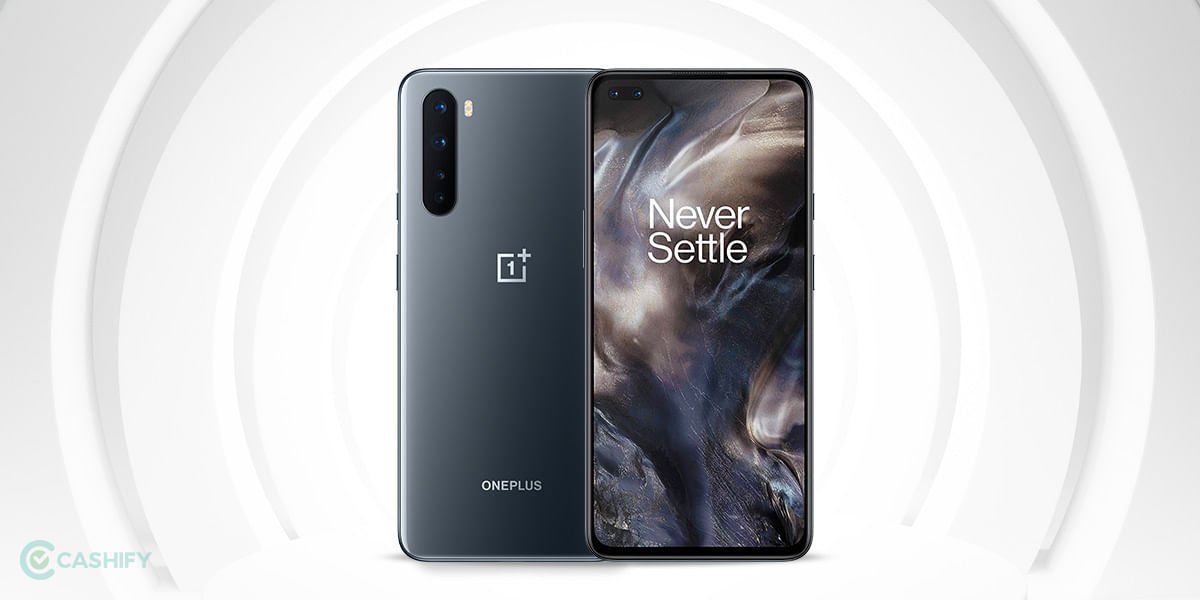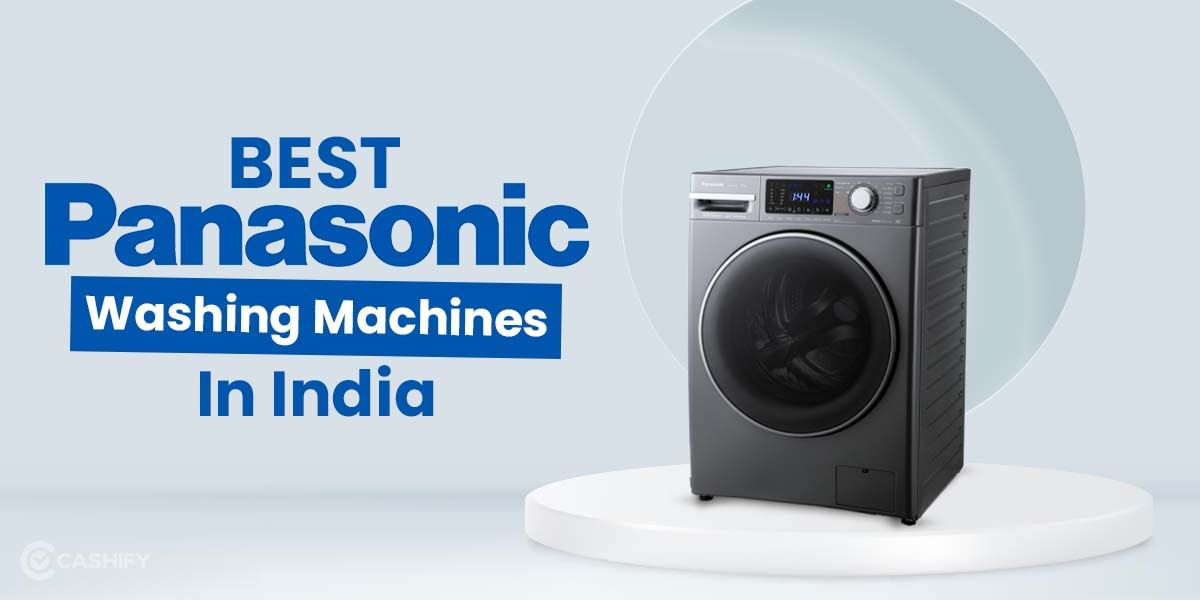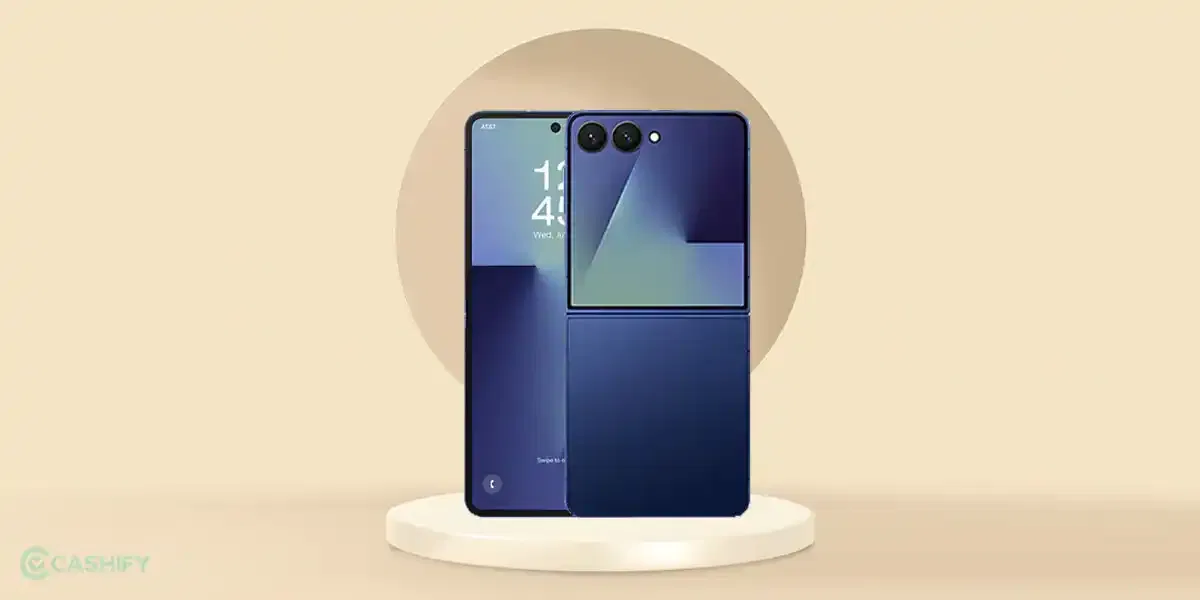Introduction
https://www.youtube.com/watch?v=KqT68vE1izQ
With the mid-range segment getting introduced with so many capable contenders, buyers often get confused when they think of buying a new smartphone in the market. Chinese players such as Xiaomi and Realme have mostly dominated this segment by offering compelling smartphones at an impressive price tag. One of the most popular smartphone series is Xiaomi’s Redmi Note line-up which has a reputation of offering great configuration such as impressive cameras and performance capabilities thereby making every Redmi Note smartphone a bang for the buck.
Following the company’s ritual of updating its portfolio by introducing new smartphones in almost every price segment, Xiaomi added two new devices to its smartphone line-up in the second month of 2020 – the Redmi Note 9 Pro and the Redmi Note 9 Pro Max. The Redmi Note 9 series line-up gets face to face in the battle with the recently launched Realme 6 series and the Samsung Galaxy M21 & M31. Coming at a price tag of Rs. 12999 for the usual Redmi Note 9 Pro and Rs. 14999 for the Pro Max, Xiaomi has introduced devices that are worth looking for if you are in the market looking for a worthy upgrade for your existing smartphone.
If you want to sell your smartphone, do check out Cashify to get a decent resell value of your device.
Also Read: Samsung Galaxy M31
Since both the devices possess minor differences, we decided to compare them side by side. So here is our review for the Redmi Note 9 Pro and the Note 9 Pro max which may help you decide if they are the right ones for you, and if yes, then which of the two you should be buying.
Price in India, Variants, Availability
The Redmi Note 9 Pro and Note 9 Pro Max comes in Interstellar Black, Aurora Blue, and Glacier White colours. The Note 9 Pro series starts at Rs. 12,999 for the 4GB RAM with 64GB storage version whereas the Note 9 Pro Max starts at Rs. 14,999 for the 6GB RAM with 64GB storage. You can purchase them from Mi.com, Amazon.in and Mi Home Stores starting from 17th March.
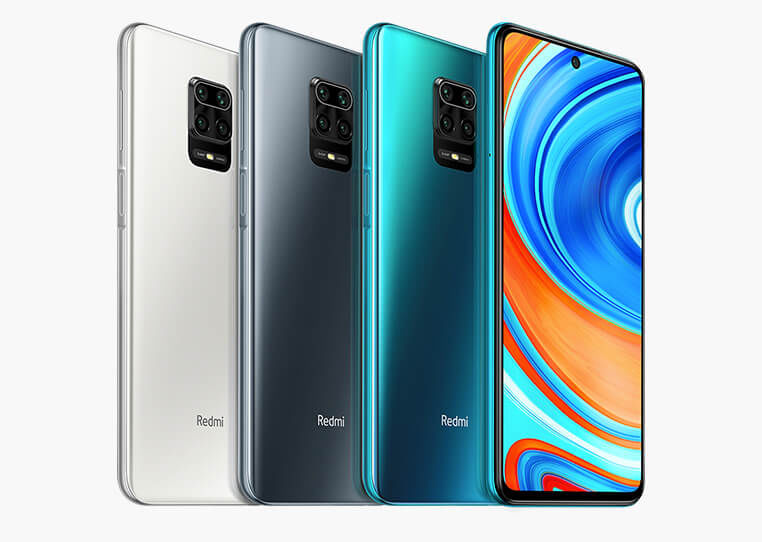
Box Contents
The box contents of the Redmi Note 9 Pro and the Pro max are pretty much ordinary and as we have seen in previous Redmi Note devices. The box package includes:
- Redmi Note 9 Pro/Pro Max smartphone
- USB Type-C Cable
- 18W charger for Note 9/33W charger for Note 9 Pro Max
- SIM Ejector tool
- Protective case
- User manual and warranty information
Specs at a Glance
Here is the list of what the two devices are offering:
- Display: 6.67-inch FHD+ resolution DotDisplay 1080×2400 pixels, 409ppi
- CPU & GPU: Snapdragon 720G, Adreno A618 GPU
- RAM & ROM: up to 8GB RAM, up to 128GB storage
- Software: MIUI 11
- Rear cameras: Quad module, 48MP/64MP+13MP+13MP+2MP
- Selfie camera: 32MP
- Battery: 5020mAh capacity, 18W/33W fast charging support
- Weight: 209g
- Dimensions: 165.5×76.68×8.8mm
Design
Xiaomi has completely refreshed the design of its new Redmi Note series smartphone with quite many noticeable changes as compared to previous note smartphones. Both the devices get the new ‘Aura Balance’ design along with curved rear panel edges clubbed with a plastic frame that has a matte finish. This combination makes the device easy to hold and aid with in-hand grip. Xiaomi has truly mastered the glass back exterior with Aura design, which is similar as the design introduced with the Note 7 Pro. This was also further iterated upon with the Note 8 Pro and looks stunning under any lighting. Embracing the back design is a refreshed rear camera design which now comprises a rectangular bump, instead of the vertical arrangement from the previous generation. Though the centre-placed module looks modern, the projection is prominent and doesn’t feel appealing. Replacing the rear physical fingerprint scanner is an aside-facing fingerprint sensor, integrated within the power and screen lock/unlock button.
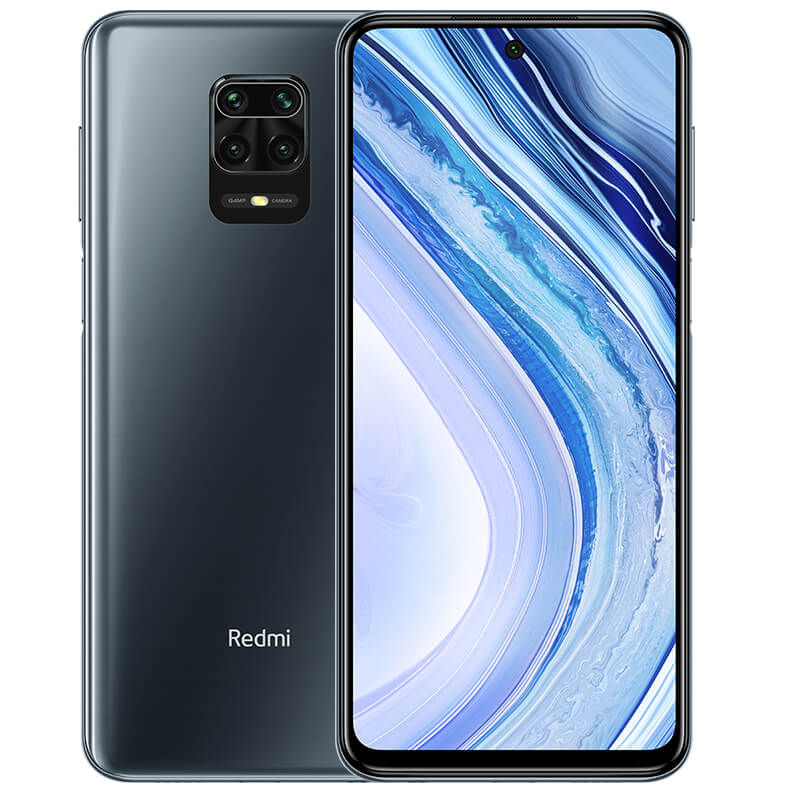
The front too gets an upgrade with the water-drop notch being replaced by a punch-hole camera residing at the top-centre of the device. The display size got bigger making the device weigh on the bulkier side (209 grams) which can be ignored considering the massive battery that the device houses. The phone is one of the tallest and widest in the market measuring 165.7 x 76.6 x 8.8mm. You will find a USB-C port on the bottom edge as well as a headphone jack. There is a combined slot for dual nano-SIM cards as well as a microSD card for memory expansion on the left. We also get an IR blaster at the top.
We liked this new refreshed and polished design on both the smartphones, especially the back which might further grab buyer’s attraction looking for an upmarket handset.
Display
A disappointing thing that we have always felt in budget Xiaomi smartphones is the absence of an AMOLED display, which we still cannot find in the Redmi Note 9 Pro and neither in the Note 9 Pro Max. But we had neither expected it as the company didn’t offer a better display even on the more expensive Poco X2. The Redmi Note 9 and 9 Pro Max house a 6.67-inch (2,400x1080p) FHD+ display and comes with a taller 20:9 aspect ratio and camera cutout for the front-facing camera. The display is quite identical to the one we have seen on the Poco X2. But a disappointing fact is that unlike the Poco X2, the Redmi Note 9 series possess absence of a high refresh rate panel that budget smartphones such as the Realme 6 do offer. Therefore, you’ll miss out on a smoother scrolling experience and it does put the Redmi Note 9 Pro on the back foot compared to its competitors. You do get Widevine L1 but the display does not come with any sort of HDR certification. We do get Corning Gorilla Glass 5 at the front which prevents scratches and damages from light drops and bumps.
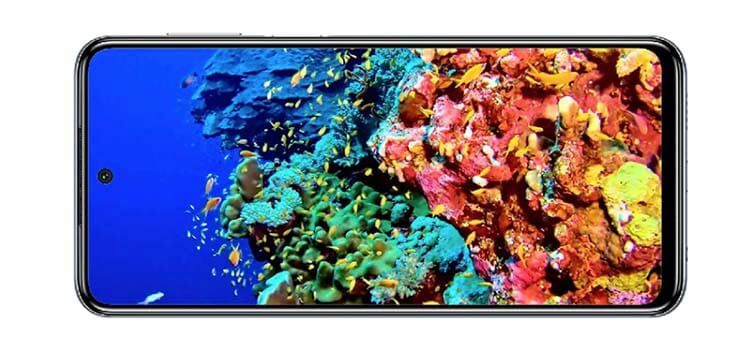
Being an LCD panel, the display quality doesn’t match devices such as the Samsung A21 and the M31, but it’s still pretty decent. Media consumption was fun and the massive display is just apt for consuming videos or playing games. However, we did find the display not that great in bright sunlight which became more prominent due to the over reflective panel. Overall, the display quality is satisfactory, but a higher refresh rate panel will always be missing.
Performance
There’s just a tiny bit of difference when it comes to the specs sheet for Xiaomi Redmi Note 9 Pro and Note 9 Pro Max. Talking about the chipset, both the smartphones are equipped with Qualcomm Snapdragon 720G 8nm octa-core chipset paired alongside Adreno 618 GPU. The former has a 64/128GB storage and 4/6GB RAM options while the latter has 64/128GB of internal storage and 4/6/8GB of RAM options available with it.
The Snapdragon 720G is a massive upgrade from MediaTek Helio G90T that the last year’s Note 8 Pro arrived with. It has an upper hand in terms of performance with 279,978 points on AnTuTu while the Geekbench results showed that the phone can pull off 568 points on a single-core and 1761 points on a multi-core test.
We played a few games on both the devices and, to be honest, it can handle everyday tasks with plenty of multitasking easily. On the other hand, even high-graphics games like Asphalt 9 Legends, Call of Duty Mobile and PUBG Mobile couldn’t cause much stress on the chipset although we did see a bit of increase in the core temperature that’s normal although it goes against what Xiaomi claimed.
After playing a few games, we found out that although you can play high-graphics games at higher resolution, the frame rate is a bit low so you won’t get that additional frames to spot and shooter someone in especially FPS games where even a second counts but the chipset won’t let you down and no matter what type of machine the opponent is using, there’s a great chance that you will be able to combat the situation as the chipset doesn’t give away too easily.
Check this to compare more smartphones and decide which one is the best for you.
We ran a few tests on the phone such as 3DMark, GFXBench’s Manhattan 3.1, Car Chase game tests and saw an impressive result so far. Perhaps Snapdragon 720G is a premium version when compared to Helio G90T and a predecessor to Snapdragon 730G seen in midrange devices.
It is a budget phone so don’t expect it to have a 90Hz to 120Hz refresh rate as you will have to settle with the standard 60Hz refresh rate. Overall, the phone thanks to its hardware configuration and software optimizations, it performs well at least at the start. The performance can take a dip after more than a year of usage or so but does common with many Android smartphones as well.
Camera
Although most of the specs revolving around Xiaomi Redmi Note 9 Pro and Note 9 Pro Max are almost identical, the camera hardware is where you’ll see a massive upgrade. The Redmi Note 9 Pro sports a single 16MP selfie shooter housed in a centrally placed punch-hole while there’s a quad-camera setup at the back. It has a primary 48MP (PDAF, f/1.8), secondary 8MP ultrawide (f/2.2, 1.12micrometer pixel size), a tertiary 5MP macro (f/2.4) and finally, a fourth 2MP depth sensor.
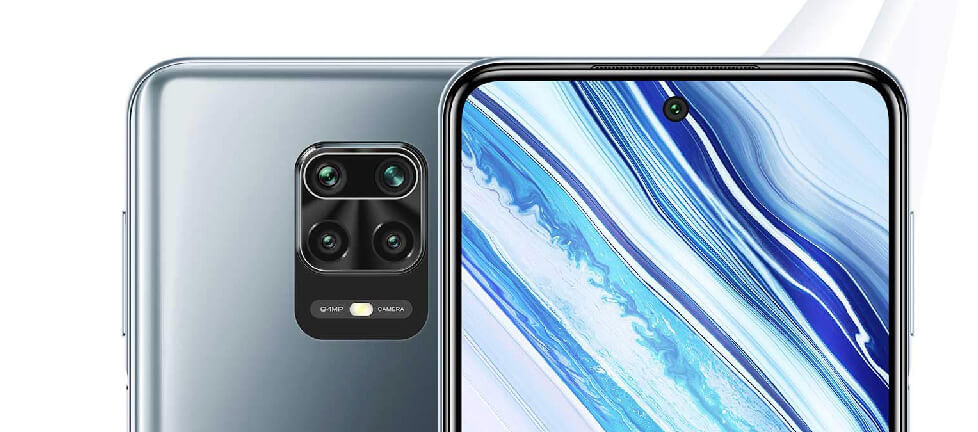
The Redmi Note 9 Pro Max, on the other hand, shines bright with a larger 32MP punch-hole front shooter while the rear quad-camera setup is almost the same as its non-Max variant but with the inclusion of a massive 64MP (f/1.6, 0.8micron, PDAF) sensor.
There’s not much difference when it comes to camera performance although the 64MP sensor does give ‘Pro Max’ an added advantage over the Note 9 Pro. Talking about the ultrawide sensor, both the phones have an 8MP sensor that pretty much can zoom at 0.6, 1x, and 2x although it is a digital zoom. Although the photos with the UW sensor are pretty wide, I saw that the edges warp a bit as opposed to what Xiaomi claimed earlier.
Moving on, the 5MP macro sensor is an added bonus. It can click photos of subjects at 4cm distance without any hassle and in fact, it is able to capture videos as well that you can either process on-site or download a RAW 8-bit file for processing later. The 2MP depth sensor does obtain depth effect in photos although the edge detection isn’t that strong.
The primary 48MP camera does capture a good amount of details, however, I found out that although the daylight photos are good, there’s no out-of-the-box element to it since 48MP has become a norm nowadays. The colours seem to have washed off if the object isn’t clocked. The 64MP sensor, of course, takes it a step further by capturing photos at par details and colours, however, it ultimately boils down to how the camera app processes the RAW image.
The night-time photography is okayish but I won’t say it is great cause it needs artificial light to show the objects in detail while the absence of light could deteriorate the photos pretty much every time. Low light photography on both the devices is a bit of let down as well although the Pro Max will always have an upper hand due to a larger sensor.
The front camera i.e. 16MP (Pro) and 32MP (Pro Max) can capture the subject with details although the latter has an upper hand no doubt. The images seem a bit overexposed with somewhat washed-out colours and the biggest problem I had with the front cameras is the default beautification mode which gives your face an unrealistic tone.
Anyways, moving ahead, the rear camera assembly can shoot videos at 4K although I would ask you to stick to 1080p for better colours & stabilization.
Battery Life
Talking about the battery size, both the Xiaomi Redmi Note 9 Pro and Note 9 Pro Max are stuffed with a massive 5,020 mAh Li-Po battery. In fact, this is the largest battery that Xiaomi has managed to plonk inside the chassis of this beautiful smartphone. Considering the size of the battery, it is quite literal that the phone will have better battery life. Trust me because both these smartphones don’t fail to provide a battery backup of around two days of light to moderate usage.
You can indulge in a bunch of social media apps, video streaming, music, calling and texting and more for hours without needing to plug in the charger. Redmi Note 9 Pro is assisted by a decent 18W fast charging speed which juices up this humongous battery in around 1.5 hours. The Redmi Note 9 Pro Max is coming with an ever faster 33W charging speed which is advertised to juice up the battery to its 50% in 30 minutes and that’s pretty much true so you must have a look at it.
Audio & Security
There’s nothing out of the ordinary when it comes to audio-related features on both the devices. We get a mono-speaker at the bottom of both the smartphones although we wished to get a dual stereo speaker which would have elevated the experience. Speaker output is loud enough but quite flat and lacks bass. A 3.5mm headphone jack does get included in the package which offers a decent amount of bass and dynamic range. Like other previous Note devices, the Note 9 Pro retains the IR blaster which resides at the top along with the secondary microphone for noise cancellation.

Coming to security, we get a side-mounted capacitive fingerprint sensor that is integrated with the power button. As you would expect with a capacitive fingerprint sensor, the response time is super-fast with the device unlocking instantly. We also get face authentication as an alternative which is obviously not fast as the physical fingerprint scanner.
Pros & Cons
Pros:
- 5020 mAh battery, 33W fast charging
- 64MP AI Quad Camera
- 3.5mm audio jack
Cons:
- LCD display
- 60Hz refresh rate
- MIUI bloatware
Both the Redmi Note 9 Pro and the Pro Max are super-affordable smartphones packing some really interesting configuration which checks almost all the boxes that we can expect with a budget to mid-range smartphone. Adding Rs. 2000 to the usual Redmi Note 9 Pro to get the Pro Max may be suitable for many of the users as you would get a faster-charging capability along with slightly better camera performance.
But unlike previous company’s Note devices that have been ruling the sub-Rs 15,000 segments, the Note 9 Pro might fall behind its rivals. Yes, we do get a longer-lasting battery life, bigger display, more premium design, build and nice cameras; but there are still things missing. At around the same price, you can get smartphones from the Realme 6 series which offer more upmarket features such as a higher refresh rate panel. For some, even the Samsung M31 maybe a better deal as it offers an AMOLED display paired to a 6000mAh battery.
In short, we can claim that you should go for the Redmi Note 9 Pro/Pro Max if you to invest in a premium-looking phone with a good camera and battery. On the other hand, if you wish to get a high refresh rate screen and faster-charging speed, go for the Realme 6. You can also invest some more bucks and get the more powerful Poco X2 which also offers flagship-level 120hz panel at Rs 15,999.



